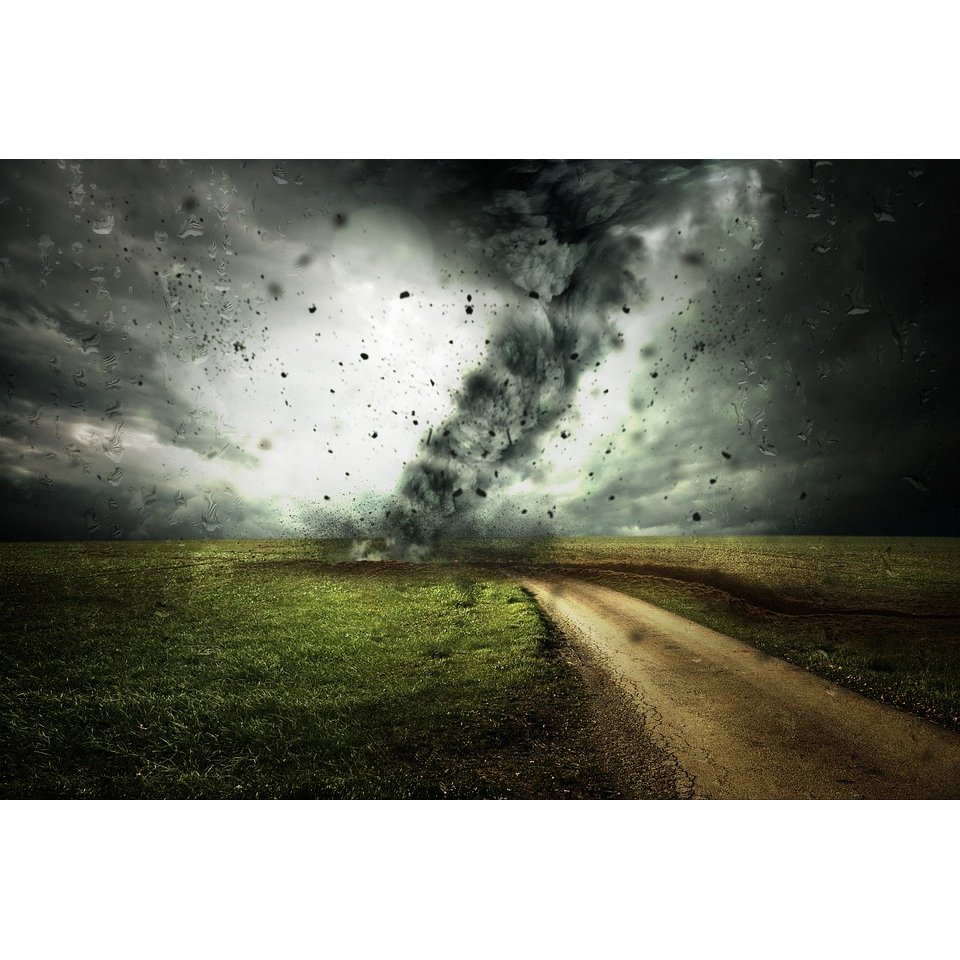
Understanding Climate Anxiety: A Practical Guide
Climate anxiety (or eco-anxiety) is becoming an increasingly common term. It is an emotional response to the threat of the climate crisis – fear, sadness, helplessness, or anger when seeing melting glaciers, wildfires, or extreme weather events. According to research, 70% of young people aged 16–25 are worried about the planet’s future. This article is not about denying the problem but about understanding the anxiety and taking practical steps to live with it – and even turn it into meaningful action.
1. What is climate anxiety and why does it occur?
| Symptom | Description |
|---|---|
| Fear | “What will happen to my children?” |
| Sadness | Grief over the loss of biodiversity |
| Anger | Frustration about political inaction |
| Helplessness | The feeling that one person can’t make a difference |
Why is it normal?
- Brain in “threat mode”: Evolution taught us to respond to danger. The climate crisis is global and slow, but the brain perceives it as an immediate threat.
- Media overload: We see catastrophic headlines daily – this intensifies anxiety.
- Generational injustice: Young people feel that the legacy of previous generations has stolen a stable future from them.
Important: Climate anxiety is not weakness – it’s a healthy reaction to a real threat.
2. Practical steps: How to manage eco-anxiety
Step 1: Name the emotion
- Write down: “I feel helpless because…”
- Naming the feeling reduces its intensity (by up to 30% according to studies).
Step 2: Limit “doomscrolling”
- 20-minute rule: Spend no more than 20 minutes per day on climate news.
- Follow solutions, not just disasters (for example, pages like @climatesolutions).
Step 3: Find “islands of control”
| Action | Why it helps |
|---|---|
| Composting | Visible impact at home |
| Reducing plastic | Concrete outcome (less waste) |
| Supporting local farms | Promotes sustainability |
Example: By composting, you divert around 150 kg of organic waste from landfills each year – a measurable success.
Step 4: Connect with your community
- Groups like Fridays for Future or Climate Coalitions
- Local cleanups or tree planting events
- Sharing emotions with like-minded people reduces isolation.
3. Turning anxiety into action: 7 simple ideas
| Idea | Time required | Impact |
|---|---|---|
| “No-buy month” | 30 days | Less consumption |
| Bike instead of car (once a week) | 1 hour | –2 kg CO₂ |
| Sign a petition | 2 minutes | Voice for change |
| Make beeswax wraps | 1 hour | Less plastic |
| Share tips on social media | 5 minutes | Inspire others |
| Grow herbs on your balcony | 30 minutes | Biodiversity |
| Talk to your parents about climate | 20 minutes | Change within the family |
4. When to seek help?
If anxiety:
- Disrupts sleep, eating, or concentration
- Lasts longer than 2 weeks
- Leads to depression or panic attacks
→ Consult a psychologist. There are therapists who specialize in eco-anxiety.
Conclusion: Anxiety as a compass, not a brake
Climate anxiety is not an illness – it’s a sign that you care. When you don’t suppress it but channel it, it becomes the engine of change.
Start with a small step today: – Write down one thing you can change. – Share it with a friend. – Celebrate every success, even the smallest one.
The planet needs people who feel – and act. 🌍✨